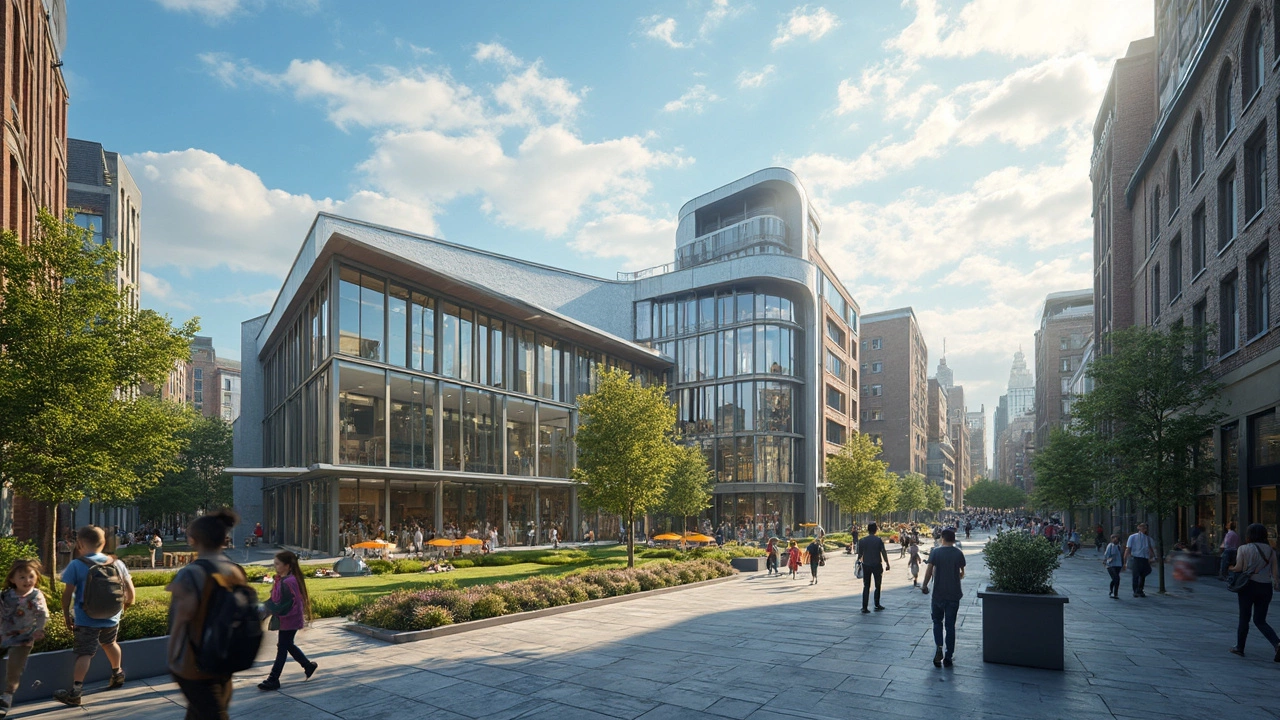School Construction Guide: Practical Tips for Building Safe, Affordable Learning Spaces
Planning a school building or upgrade can feel overwhelming. You have to think about budgets, safety rules, design, and the right flooring. This guide breaks down the most important steps so you can move forward with confidence.
Planning Your School Build
Start by defining the purpose of the project. Is it a brand‑new classroom block, a sports hall, or a renovation of existing rooms? Knowing the goal helps you set a realistic budget and choose the right professionals.
Ask yourself how many students the space will serve and what activities will happen there. A primary school needs smaller, flexible rooms, while a secondary school may need science labs or larger lecture spaces. Size the rooms accordingly to avoid costly re‑work later.
Check local building codes early. Schools have extra fire safety, accessibility, and ventilation requirements. Getting the paperwork right the first time saves delays and extra fees.
When you have a rough plan, get a cost estimate from a few reputable contractors. Compare the numbers, but also look at their experience with school projects. A contractor who knows how schools work can spot hidden costs before they become problems.
Choosing the Right Flooring for Schools
Flooring is a big decision because it affects safety, durability, and learning comfort. Look for materials that are slip‑resistant, easy to clean, and can take heavy foot traffic.
Vinyl composition tile (VCT) is popular for its low cost and durability. It can be replaced tile by tile if a spot gets damaged. Luxury vinyl plank (LVP) offers a wood look with better water resistance – a good pick for corridors and entrances.
If you need extra sound control, consider rubber flooring in gyms or music rooms. It reduces echo and provides cushioning for kids who might drop or fall.
Don’t forget about maintenance. Choose flooring that can be mopped quickly and resists stains. This keeps the school looking fresh and reduces cleaning time for staff.
Finally, think about the look. Bright colors can help way‑finding for younger students, while neutral tones create a calm environment for older learners. Pick a style that matches the overall design theme of the school.
With clear goals, a solid budget, and the right flooring, a school construction project can run smoothly. Keep communication open with architects, contractors, and school administrators, and you’ll end up with a safe, functional space that supports learning for years to come.
School Buildings: Commercial or Industrial?
- Gavin Whitaker
- |
- |
- 0
Ever wondered whether schools are considered commercial or industrial structures? This article dives into the nitty-gritty of what makes a school building commercial and why it matters. Focusing on zoning laws, construction materials, and purpose, we uncover the surprising truths and dispel common myths about educational facilities. This practical guide cuts through industry jargon to help you understand the essentials of school construction. Whether you're in the biz or just curious, this read's for you.
View more